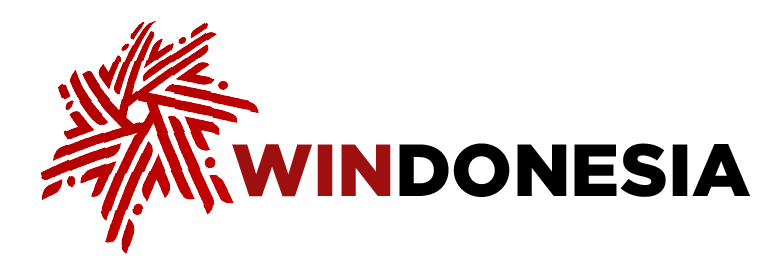Latest News
The Center of Economic and Law Studies (CELIOS) projected the impact of massive floods in Sumatra Island to cause the national gross domestic product (GDP) to decrease by Rp 68.67 trillion, or around 0.29 percent. CELIOS emphasized that the floods has a national impact due to their negative effect towards the flow of consumer goods and industrial needs, especially in North Sumatra as one of the nation's industrial hubs.
"When a disaster occurs in a region that disrupts transportation, the impact is not only felt in that province but also negatively impacts the national economy," said CELIOS Executive Director Bhima Yudhistira in an official statement on Dec. 1, 2025.
In terms of regional damage, the economy of Aceh Province is predicted to suffer losses of Rp 2.04 trillion, while North Sumatra and West Sumatra is expected to suffer Rp 2.07 trillion and Rp 2.01 trillion of losses, respectively.
These losses are calculated based on several assumptions. First, losses to houses, with each house reaching Rp 30 million. Second, losses to bridges, with each bridge rebuilding cost reaching Rp 1 billion. Third, losses to family income, based on the average daily income of each province multiplied by 20 workdays. Fourth, losses to rice fields, with losses reaching Rp 6,500 per kilogram assuming a yield of seven tons per hectare. Fifth, road repairs per 1,000 meters reaching Rp 100 million.
"When a natural disaster occurs, it disrupts distribution channels and causes trade to weaken. Furthermore, public consumption also weakens due to the lack of income during the disaster period," explained Bhima.
He assessed that this ecological disaster was triggered by deforestation due to land conversion into oil palm plantations and mining. The economic researcher believes that the contribution from mining and palm oil to Aceh, for example, is not comparable to the losses caused by the disaster.
"Aceh lost Rp 2.04 trillion, greater than its mining non-tax revenue of Rp 929 billion as of Aug. 31, 2025," Bhima explained.
Therefore, CELIOS is urging an immediate moratorium on both mining permits and the expansion of oil palm plantations. The government is also being urged to shift to a more sustainable economy.
"Without structural changes to the economy, ecological disasters will recur with far greater economic losses," Bhima concluded.

